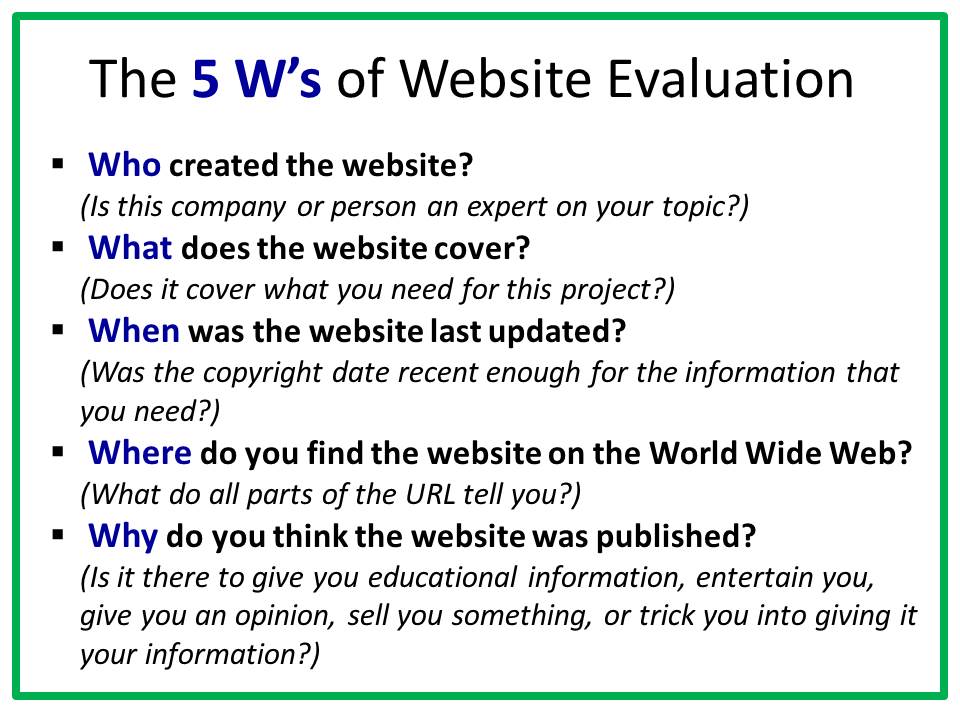#1 – S.M.A.R.T. Goals
This class helped teach me the importance of making my goals specific, measurable, attainable, relevant, and timely. Before this class, I wrote very vague goals such as “Get a good grade in my online class.” After Week 2, I was able to learn how to properly write a goal. A revised version of my vague goal above would be “This semester I will spend 2 hours each day on homework for my online class, so I can attain at least a 90% in the class by the end of year.”

#2 – Online Group Collaboration
This class helped teach me the best practices for collaborating on an online class group assignment. I learned that it is important to set deadlines, delegate tasks, and choose roles for each person in the group. For my group project, we created a GroupMe group message to be able to communicate. We set deadlines usually the day before the required deadline for completing the tasks that were delegated to each group member. Setting a deadline prior to the instructor’s deadline allowed us to make revisions and have our work completed early. Additionally, we set roles such as who was the leader/initiator to make sure that we were not afraid to use our voices like Sarah was in the class case study. I will be able to use these skills for future group projects.

#3 – Finding Credible Sources
This class helped me learn the best practices for finding credible resources. One way is using the online OSU library as well as other available resources that OSU provides. For example, I used the online OSU library to access databases that were filled with many credible sources. Additionally, learning about the “5W” Source Evaluation will help me in the future. It will make me look for information that makes the the websites and books that I am deciding to use credible. Another important learning experience was learning how to properly search in Google. I will definitely make use of the Advanced Search when using Google to help find more credible sources. This key takeaway can help me in many of my classes and my future career.
